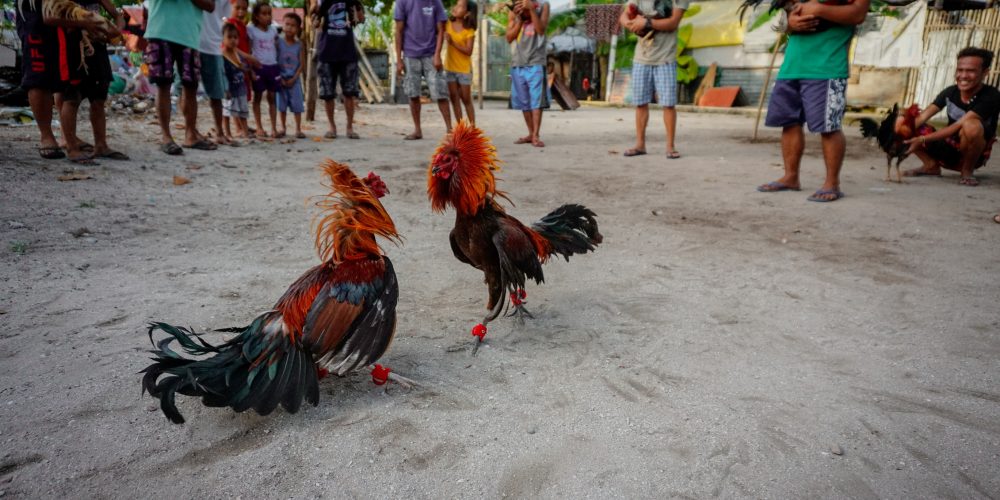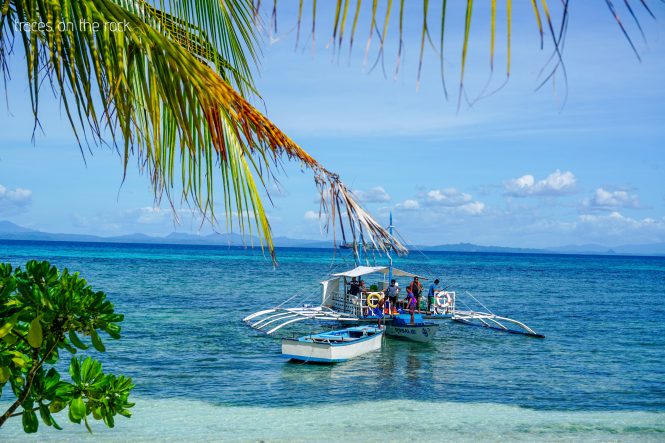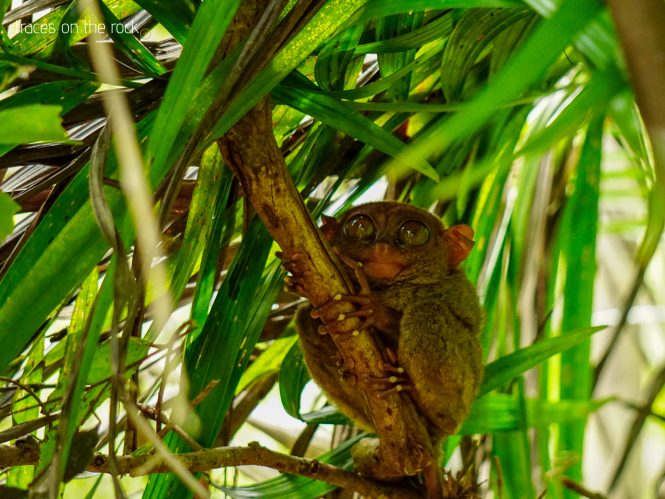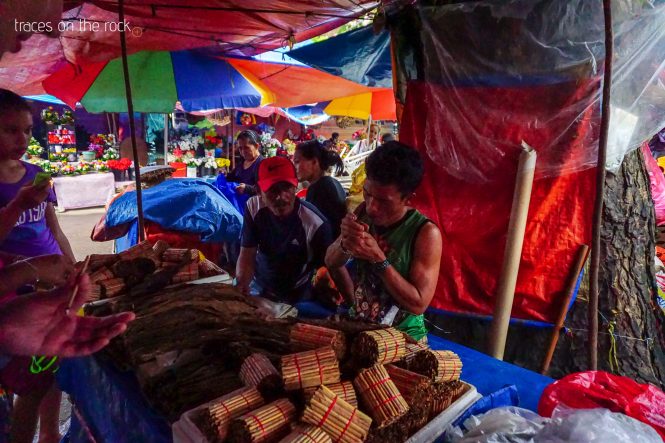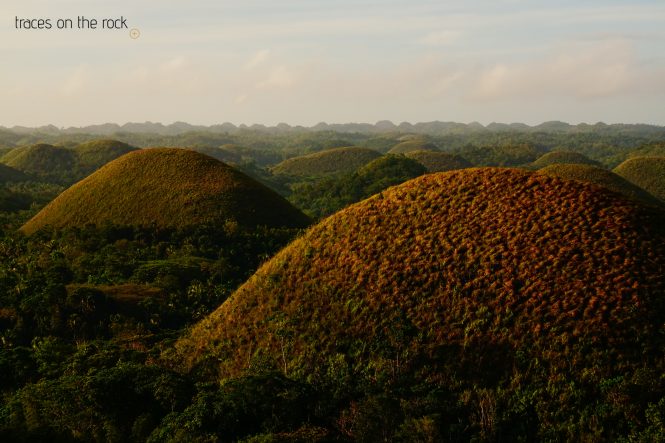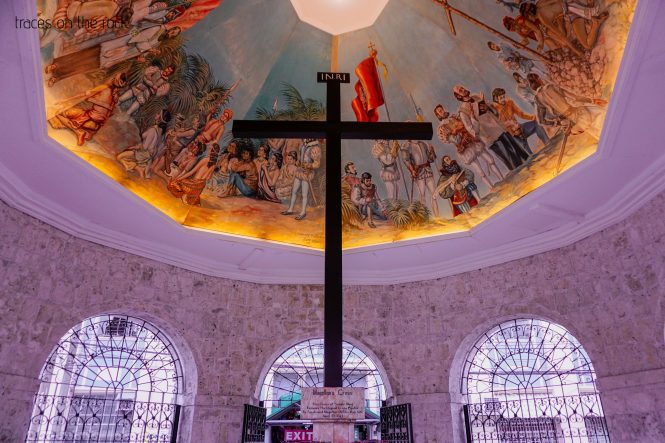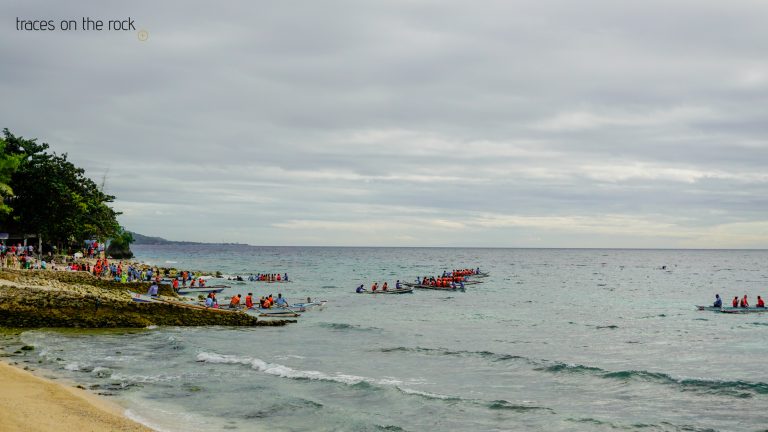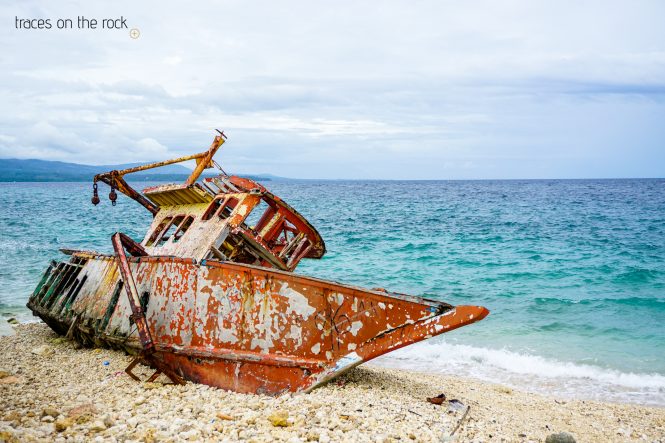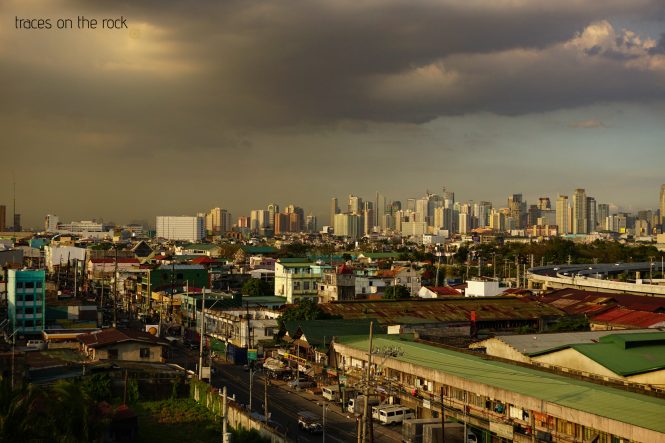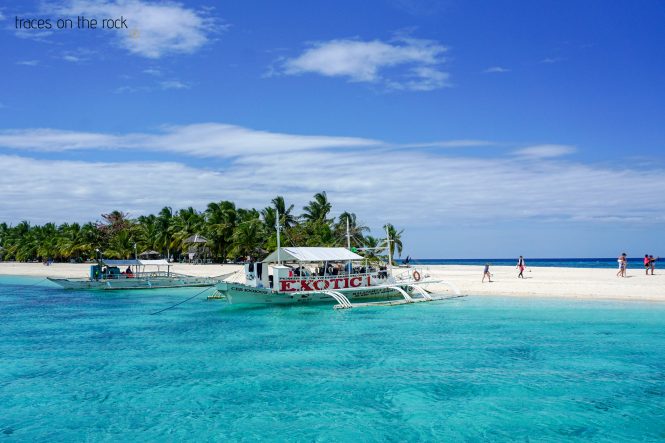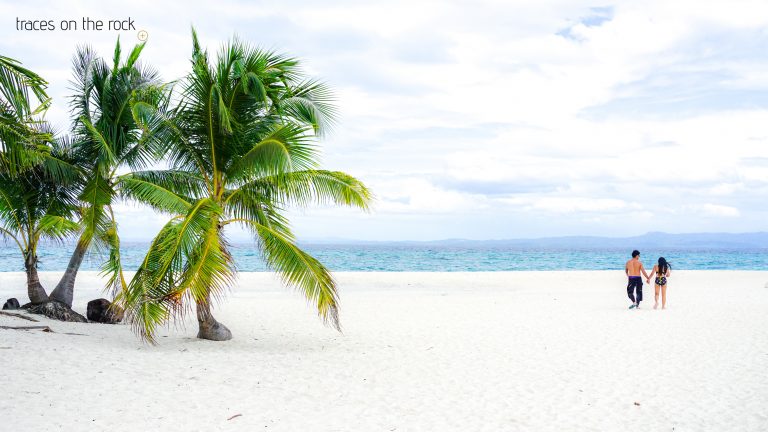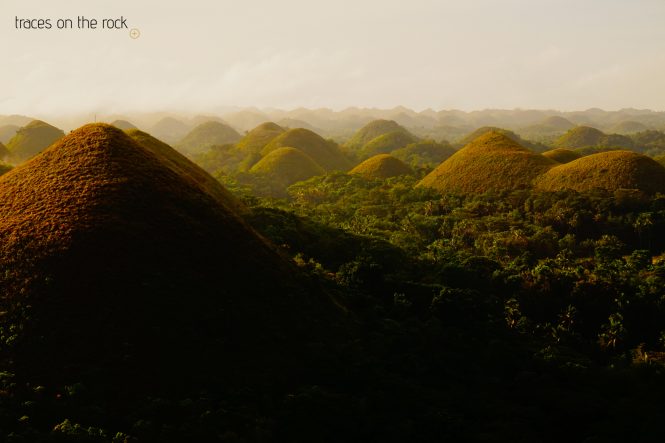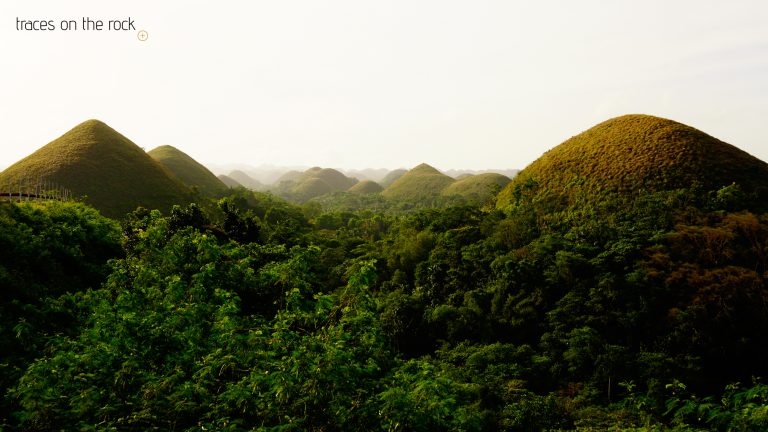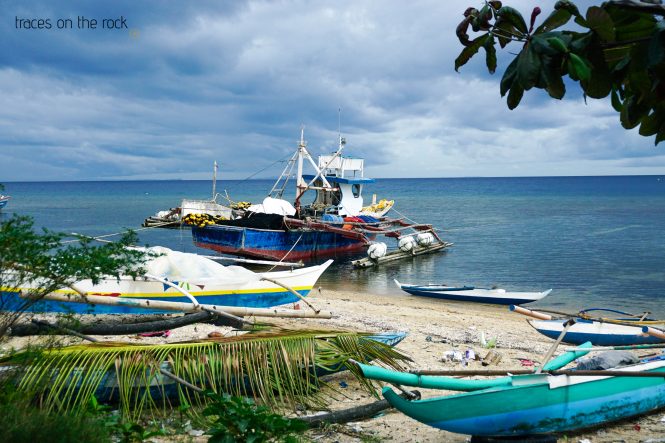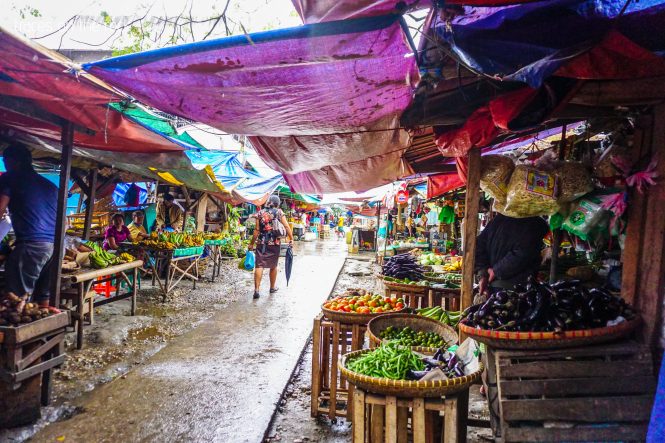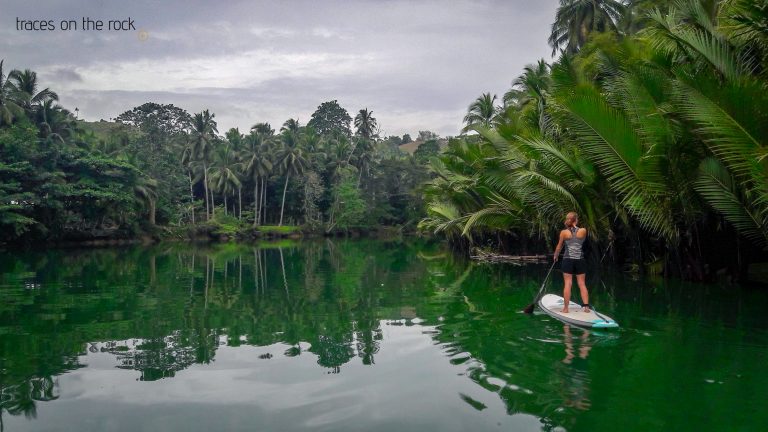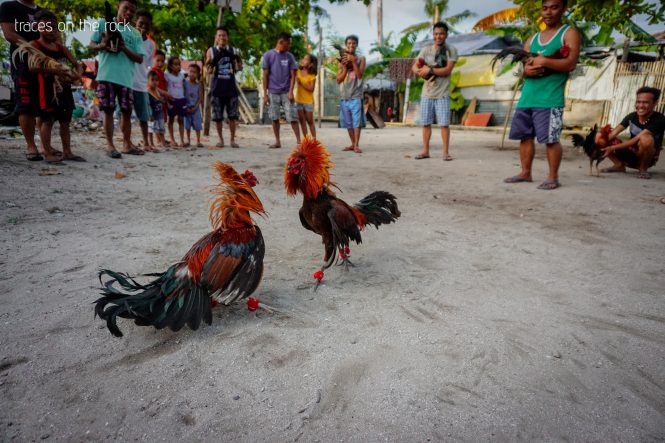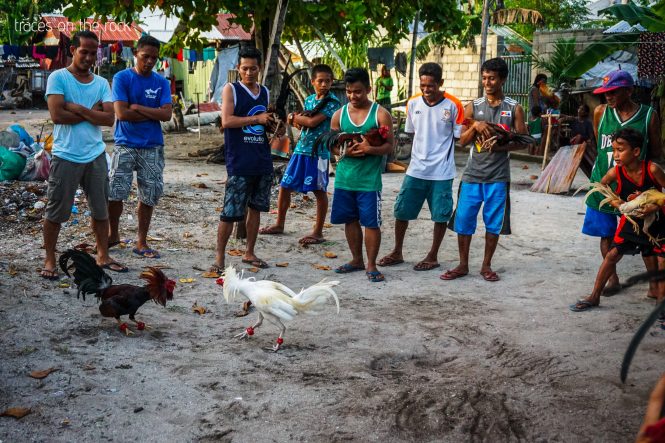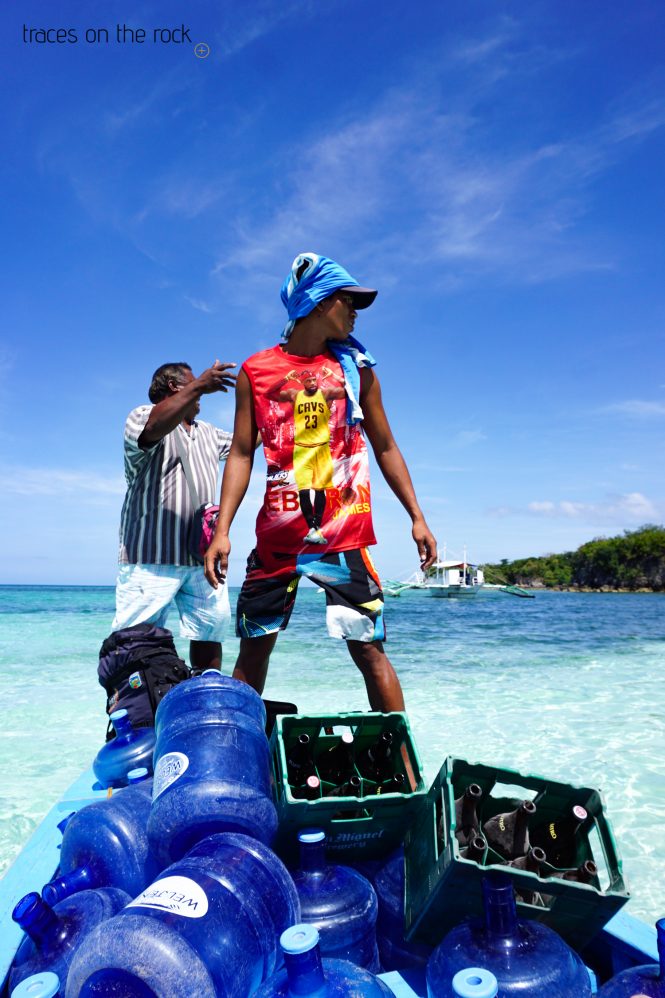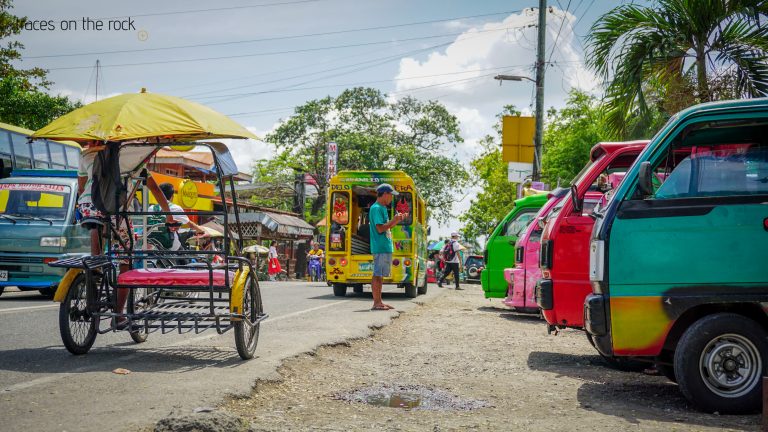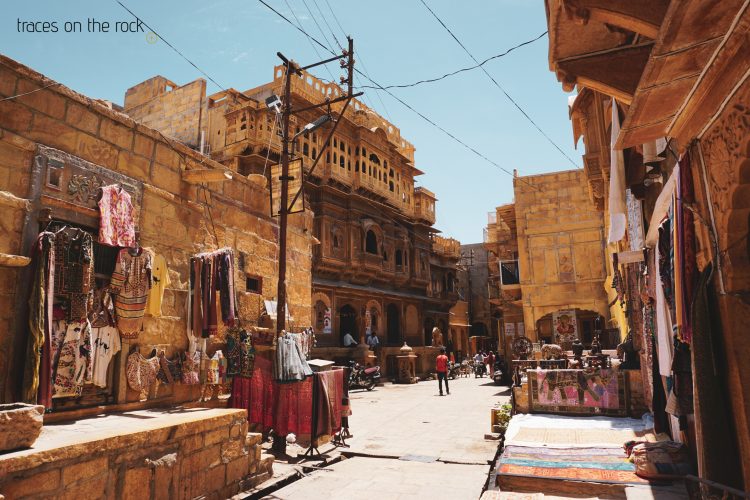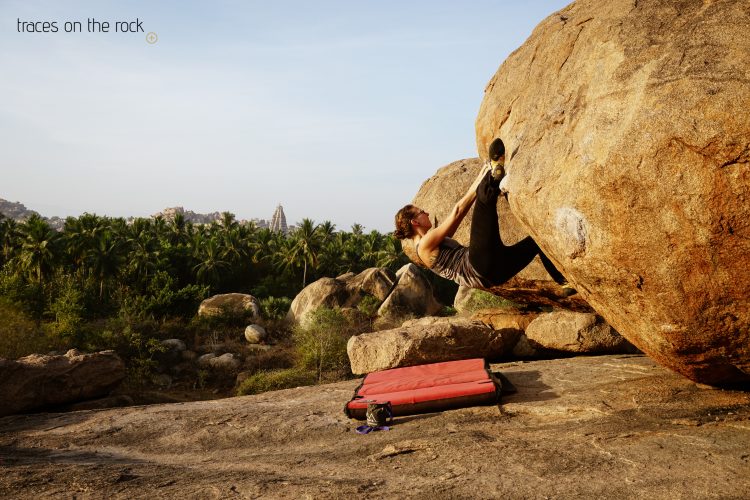1521, the Portuguese sailor Magellan discovered the island archipelago and landed on the island of Cebu. He installed a Christian cross and took the country for Spain. To date, Buddhism and Islam have been the dominant religion. Magellan died shortly afterwards in an ambush on the neighboring island Mactan by the tribal prince Lapu-Lapu. In this group of islands, the so-called Visayas, my journey started.
The Philippines covers more than 7000 islands with more than 36,000km of coast length. But the island archipelago has more to offer than white beaches and unique dive sites. The Philippines has dense rainforests, mountain chains and volcanoes, caves and a unique animal and plant world. On Bohol I fell in love with the less busy backcounty. One of the better known endemic animals on this island is the tarsier. Since its habitat is considerably threatened by humans, it is hardly found in the wild, but in protected reserves. Guides lead visitors to the nocturnal animals, where they can take photos of and with the primates. Not every institution is concerned only with the aspect of species conservation. From the small town of Loboc, I explored the famous Chocolate Hills. There are over 1200 hills in this region. These grassy hills were once coral reefs. Erosion gave them today’s shape before they were completely lifted out of the water by plate-tectonic activities.
Diving with schools of sardines and sharks
Moalboal, a small town in the western part of the island, is famous for its school of sardines, which are located on the steep slopes near the coast. Millions of sardines swim in ever new formations around the countless divers, snorkelers and freedivers, who follow the hustle and bustle of the fish swarm. Me too. The sight was breathtaking and I tried several times to swim into the swarms. Of course, the fish scattered apart, but that was my goal: to see how the group is reforming.
On the neighboring island of Malapascua was another dive attraction: diving with tresher sharks at dawn. With their large eyes and despite their huge, saber-like tail fin, they look friendlier than reef sharks and are not dangerous for humans. During a dive the divers were led up to a permanently installed chain, from where they could observe the sharks. This naturally has to do with a portion of luck, as the animals are observed in the open water. I saw seven times a shark, while a friend could only marvel at a shark once.
In Oslob I booked a snorkel trip to watch whale sharks. In Oslob I was not in need of luck. For an expensive price one get a hundred percent guarantee on visual contact. Why? Fishermen have induced young whale sharks to stay nearby by feeding them regularly. In consequence, they do not look for food in the sea anymore. Instead they pick up their food every morning from the fishermen who sail between a dozen of tourist boats full of snorkelers. The whale sharks follow them for food. They are domesticated wild animals and ignore the dozens of snorkelers, who want to take a photo whith this sharks. After thirty minutes, the next group of snorkelers are allowed to go into the water. Fishermen have made a virtue out of necessity and now earn good money. It was a win-win situation for all, for the whale sharks, the fishermen, the residents and the tourists. And it is ethically more than questionable. In this case, I left with mixed feelings.
My conclusion to the Philippines: If you want to explore the archipelago, you need a lot of time. Three weeks now seem too little for me. The beaches are paradise, but the Philippines offer more than beach and water. There are still some things I would explore.

